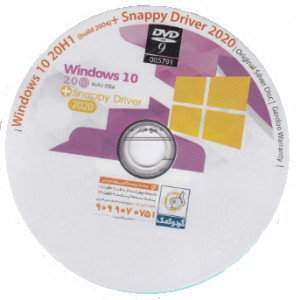| Reez Mouj System |

| Registration Date | 11 Jan 2021 |
| Revision Date | 12 Jan 2021 |
| Share |
Electronics Memories
Digital Versatile Disc (DVD)It has a nanometer coating with a thickness of less than 70 nm HF parameter obtained from the Da TARIUS test is 3.5 Initial material: Polycarbonate Capacity: 8.5 GB Applying nanometer coating using the spattering method on the surface of DVD9, has improved the performance of this product based on the results of Da TARIUS, reflectance, and disk reading tests.
One of the equipment used in data storage is Optical Disk, where the information is stored by laser and creating small holes in spiral grooves on its surface. This information is encoded in binary digits on disk and is read with a weaker laser and an electric eye (photocell) on optical rotating disks. There are several types of disks based on their available capacity, including CDs, DVDs, and DVDs (DVD9). The dimensions of these disks are similar and the production process and the type of materials used are almost the same. A DVD is usually made of four layers and is 1.2 mm thick. Various methods are used to increase the storage capacity of information on DVD. One of these methods is to change the number of DVD layers. Accordingly, there are three types of DVDs: single-sided single-layer (4.7 GB), single-sided dual-layer (8.5 GB), double-sided dual-layer (17 GB). DVD9 is composed of two layers, active and dummy, the active layer is metalized approximately 15 nm and the dummy layer is metalized 42 nm. The capacity of DVD9 is twice the capacity of other DVDs and it has information on both layers so that the burners first read the active layer information at one frequency and then read the dummy layer information by changing the frequency. Another method for increasing the DVD capacity is to apply a nanometer coating on the surface of the disk, which improves features such as light reflection and readability.